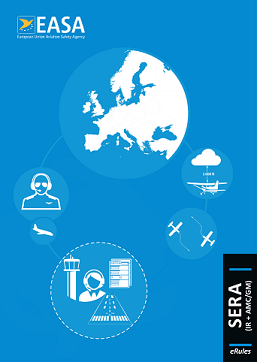Welcome to the Channel Islands Airspace VFR Flight Planning Guide.
This guide has been put together in order to provide a readily available resource of simple briefing material for the assistance of pilots wishing to operate in the Channel Islands Control Zone (CTR) and associated Channel Islands Control Areas (CTAs). They are provided for guidance purposes only. The author has produced these purely for the assistance of other pilots and cannot guarantee or provide assurances as to continued accuracy, reliability of data or any omissions contained therein.
Flying in Channel Island Airspace
So, you are planning a trip to Jersey, Guernsey or Alderney and as such will require access into Channel Islands Airspace.
The chances are you may have looked at your chart and promptly come to the conclusion that it may be a little more complex than the flying you normally undertake. Not only will you be navigating over large stretches of open water but you will also need to talk to someone!
Well, with a little bit of careful planning, some help, guidance and support from this website, you will soon be in possession of all the information you require in order to undertake your flight in a professional and proficient manner.

Latest News
Standardised European Rules of the Air
On 17th August 2017 Channel Islands Airspace adopted the Standardised European Rules of the Air with NO derogations.
VFR and SVFR minima in the Channel Islands CTR are aligned with the rest of Europe.
Please see the VFR page for more specific guidance information.
Regulatory information relating to the changes can be found in the latest version of the Director of Civil Aviation’s “Aviation Journal” which can be downloaded from www.cidca.aero.
As a minimum you must ensure that you:
a. Check NOTAMs and Air Pilot information for your destination airfield and comply with any additional permissions or procedures which may be required.
b. Brief yourself on basic entry and exit procedures, standard routes and visual reference points.
c. FILE A FLIGHT PLAN. Address to EGJJZTZX
d. Check the weather before departure to ensure the forecast meets your minimum requirements for flight in the class of airspace you plan to fly in.




